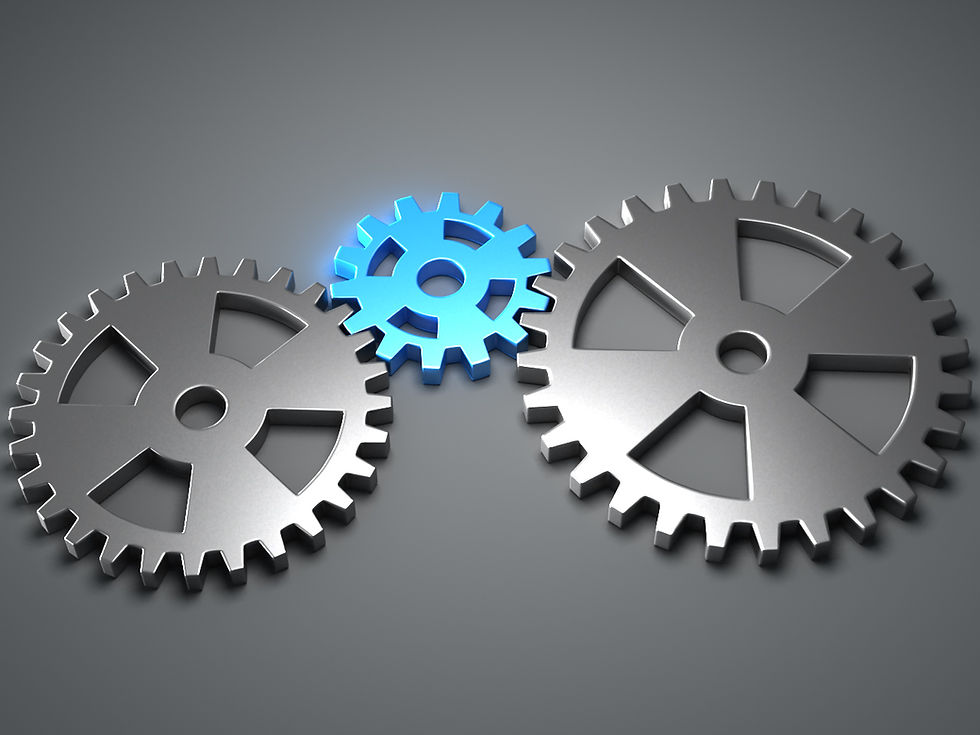Flashback: Pricing Science & Algorithms
- Phoenix Pricing

- Feb 27, 2021
- 3 min read

Science & Scientific Method
Science, scientia, knowledge. Mother of vast majority of advances in human history. It’s a systemized knowledge inferred from observation, study and experimentation performed continuously in order to find out the nature or principles of what is being studied. Science is using scientific method as best tool for acquiring new knowledge, stripping lies and delusions from truth. Stages of scientific method are: 1) observe some aspect of the matter at hand 2) describe it consistently by writing down hypothesis 3) make predictions based on hypothesis 4) test predictions by observation and experiments 5) adjust hypothesis based on step 4. Repeat steps 3 to 5 until there is minimal difference between hypothesis and experiment. At this precise moment consistency of hypothesis is achieved and hypothesis turns into theory, confirmed explanation of phenomena. Theory is often a conglomerate of multiple consistent hypothesis. Note that mathematics is in very heart of science, it expresses the models. Very important aspect of theory is that it must be falsifiable. There has to be a possibility of an experiment or observation that would prove the theory wrong. It’s clearly the opposite of act of faith. Other qualities of theory and in extension of scientific method are repeatability and unprejudice. Everyone willing to learn the theory is able to repeat the experiments and validate the results.
Pricing Science
Pricing science is application of science methods to the problem of setting prices. It’s relatively young branch of science, dating to early 1980s. Airline industry, impossibly expensive fares, tightly regulated with minimum of discounted tickets. 1978’s deregulation put airline industry into fierce competitive environment. In such hectic times, pricing science emerged. Using scientific method to answer question of how many bookings to accept per each fare product to maximize revenue with techniques such Expected Marginal Seat Revenue, taking into account opportunities across airline network. Segmentation of customers was taking place. Suppose simplified situation where the universe of airline customers is divided into two groups based on the purpose of the flight: leisure or business. In former case it would make sense to assume that customers book early, pricing the tickets higher upfront and adjusting the price dynamically on response to market conditions, usually by lowering the price. On the other side business customers are characterized by last moment flight booking, whilst the price sensitivity remains low, as everybody is eager to stay ahead of competition and use every opportunity that comes along. In such case it makes sense to use opposite approach and up the price as time progresses closer to the departure date. Of course there is a lot more free variables in the game, but for illustration purposes the prior explanation should suffice. Since then, pricing science spread to other industries: automotive, retailers, drug companies, to name but a few.
Methods being used in pricing science are twofold: forecasting and price optimization. Forecasting is interesting area where we are predicting demand response to the pricing decisions. This usually fit the businesses with constraint capacity towards potential buyers, price is altering the demand. The other being optimization where having model of prediction of future sales volumes, one can adjust the parameters of the model. Adjustment of the model is based on company goals. Tweaking of the choices can be modelled as optimization problem, i.e. finding local or ideally global minimum of n-dimensional function.
Algorithmic Pricing
All the aforementioned cases wouldn’t fly without having a possibility to transfer the theory into an algorithm that can be executed and processed in highly concurrent and scalable manner, allowing companies to price multitude of products almost in real-time, giving companies cost-reducing or revenue-increasing edge over competitors. Algorithms can react to price changes in the market blazingly fast compared to what humans could achieve reaching positive conclusions more often, a.k.a. dynamic pricing. There are different types of algorithmic pricing such as heuristic, analytical or autonomous. Approaches differ on time axis. Heuristic aproach is using rule-based price setting, having an information from the market at precise point in time, for instance matching price slightly below competitor level or increasing the price when the stock is almost sold out. Analytical approach reaches on time axis to the past, using analysis of historical data to predict future prices. Autonomous systems or learning algorithms if you wish, evolve from “birth time” onwards together with the market, having traits of closed loop systems: future algorithm action is heavily based on perceived results previous algorithm action has been having on the market.




Comments